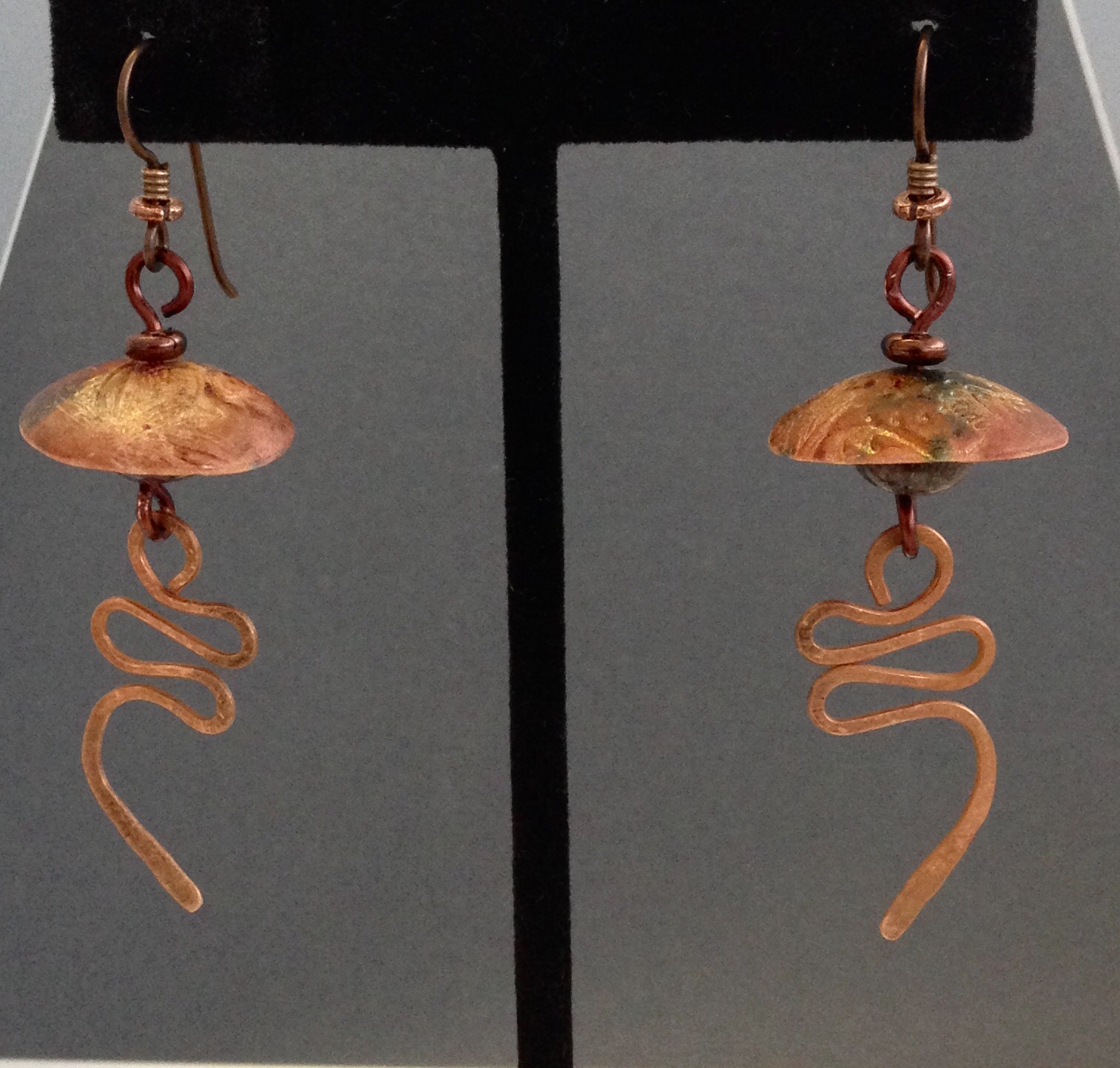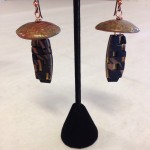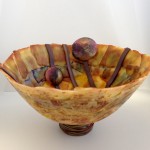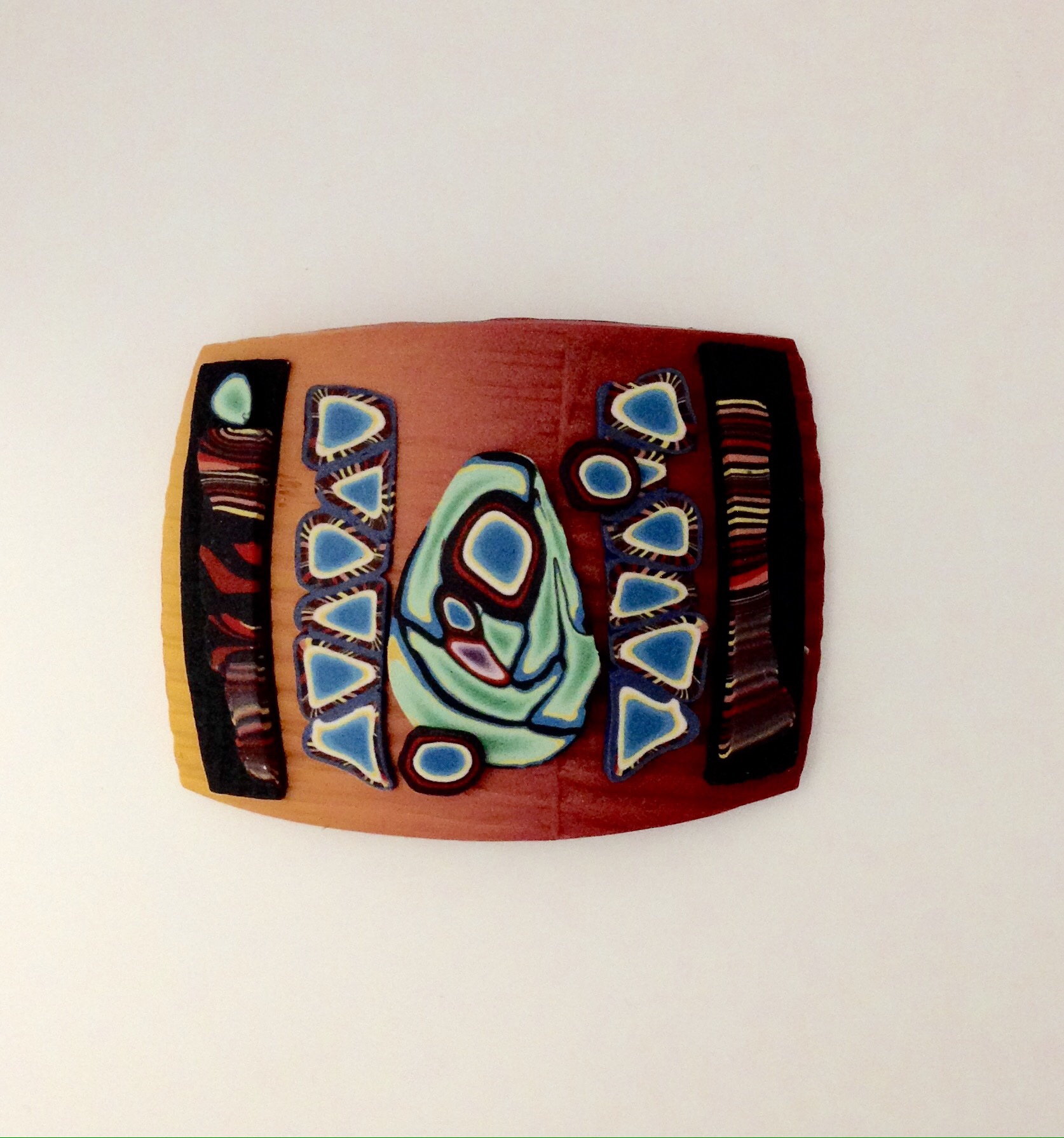
The Benefits of Art Practices
A key element in the evolution of my voice and skills since I switched to full time art has become the use of practices. Tory brought up several ideas for practices when I worked with her last year, most of which I was less than disciplined about trying at the time, alas.
In pulling together my Voice class, though, I had the chance to review a lot of different sources on creativity, developing your artistic vision, being a full time artist, and various stories of people who have managed to make respectable livings through their arts. One of the patterns that definitely emerged was the use of practices or regular routines. People described them as:
- ways to get past creative blocks
- ways to hone and maintain skills
- ways to persist in the face of more difficult times (bad reviews, mediocre sales, etc.)
- ways to center yourself before beginning an art session
- ways to succeed in bringing your vision in to being
- ways to explore new techniques or ideas without the pressure to create something saleable each and every time
It was pretty clear that I needed to talk about “practices” in my class for all sorts of good reasons. Now, I am one of those teachers who firmly believes in “practicing what I preach”, or “eating your own dog food” as they would say in IT. I knew that I had been pretty reluctant to see the value of practices initially. They didn’t really provide much value when I first tried them, but then I really didn’t stick it out long enough to give it a fair try.
I resisted because I felt like things were busy and hectic enough without adding yet another thing I needed to do on a regular basis. The times I tried something half-heartedly, it was mildly interesting, but not hugely valuable. But then I actually made myself try one for longer than an afternoon… Oh. That’s what they mean when they say it helps.
 First off, I decided to really make myself do a “series” about an idea. I chose Circles. I did circles of different sizes, I put them at different angles, I made them thin, thick, uneven, and I made some textured and some smooth and polished. I made enough circles at a time that there were so many that I would be willing to try different ideas since I had plenty more where those came from. I figured out some designs I liked and many I wasn’t too big on. It all helped shorten the process when the time came to do some new pieces because I knew what more likely to work. This is nice, I thought. Not “Oh wow!” wonderful, but nice.
First off, I decided to really make myself do a “series” about an idea. I chose Circles. I did circles of different sizes, I put them at different angles, I made them thin, thick, uneven, and I made some textured and some smooth and polished. I made enough circles at a time that there were so many that I would be willing to try different ideas since I had plenty more where those came from. I figured out some designs I liked and many I wasn’t too big on. It all helped shorten the process when the time came to do some new pieces because I knew what more likely to work. This is nice, I thought. Not “Oh wow!” wonderful, but nice.
A couple of months went by, the holiday season gave me a chance to get good feedback from customers about which things they responded to, and I continued to think that the exercise had been “nice”. Then I got a call from someone who had bought a pair of earrings as a gift, but had ended up liking them enough that she kept them. She asked “Do you have any more like the ones I bought? I still need to get that gift.” It was exciting to hear that she liked them that much, and I was thrilled to try to help her out.
I’m the sort of artist who doesn’t really do the same pair of earrings twice. Even if I do a couple of similar ones, I move on after a few variations and try something different. So I had one or two pairs that were in the same family if you stretched the idea a bit, but not much to pick from. I decided it would be good to revisit the idea now that the holiday rush was over and to see what else I could come up with. This is when that practice really came in handy. Within a few hours, I had come up with several alternative designs , and when I went to make them, I knew just how to proceed. The polymer behaved for the components I had to make and the wire work went smoothly (see the one at the top of this post).

When the time came for my class, I wanted to do something around the practice of experimenting with ideas to expand your repertoire of skills and designs. I had started to repeat the series idea for a Guild challenge we have going on around making bowls, but I extended it to include some explicit searches for ideas by collecting inspiring images through Pinterest. This was going well and I was warming to the value of practices.
Then I added the ABS (Art Bead Scene) monthly bead and jewelry challenge. This used a single image as an inspiration rather than multiple images, so it required going deep rather than broad to come up with ideas. What I ended up with went far beyond my hopes for the exercise, and it was FUN.
What I discovered was that in both practices, the key was PRACTICING. As in, you have to sit down and DO the work. It’s a struggle at first for all sorts of reasons, not the least of which is trying out a new change. But in the doing, that marvelous deep learning happened that went eons beyond the head learning I had always excelled at.
Now I saw the parallel to musicians who do their scales or athlete who spends week in training doing the same moves over and over again. When you repeat the practice over and over, you gain muscle memory as well as ready access to what to expect to see when you do that activity. The more you practice something, the more you know what to do, so things go more quickly and are successful more often. The process gets out of the way so that you can focus on doing the specific thing at the particular time that is right without having to think about it.
In cognitive psychology, they speak of the idea of “bricolage”, or the expertise of an artisan when they no longer think explicitly about what needs to be done because they have been doing their work for so long. It was a valuable concept for me to re-learn this year and one that has convinced me of the worth of having a set of practices to keep me improving and growing in my skills.




